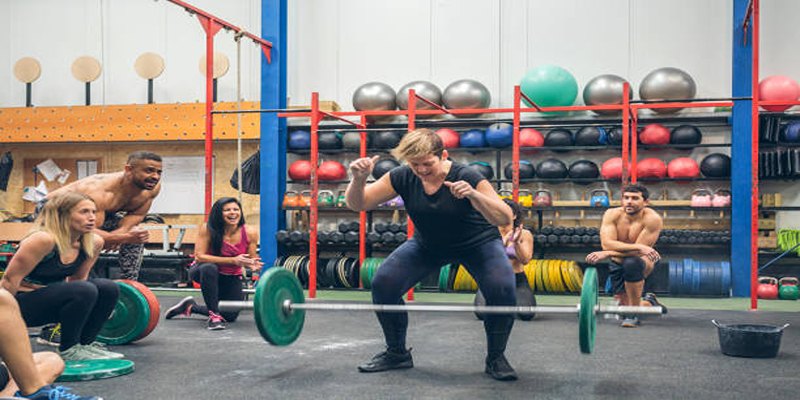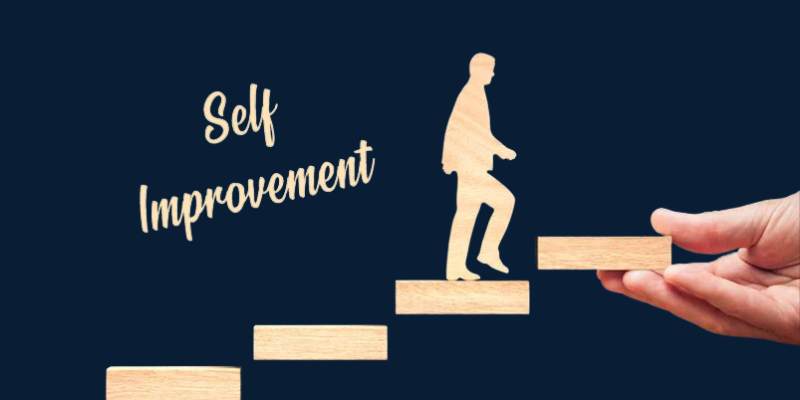One excellent approach to keeping fit and experiencing strength is exercise. But did you realize that little mistakes made during exercises could lead to injuries? Many people push themselves too hard and seek instantaneous answers. Others ignore their movement or skip crucial measures. Pain, aches, or even major injuries might result from these mistakes. The good news is that you can prevent most injuries with a few basic guidelines.
This guide discusses five typical exercise mistakes that increase your risk of injury. You will also learn how to mend them so you may engage in safe exercise. Whether your experience level is new or advanced, maintaining safety while exercising will enable you to attain your objectives more quickly and preserve excellent form for years.

Top 5 Workout Mistakes That May Lead to Injury
Below are the five common exercise mistakes that can cause injury and how to avoid them for safety.
Skipping Warm-ups and Cool-Downs
Ignoring warm-ups and cool-downs is among the most often occurring exercise blunders. Warm-up releases your muscles and joints and raises your heart rate, preparing your body for physical action. Your muscles remain tight without a warm-up; thus, you run an increased chance of strains, sprains, or tears. Among the light activities in a decent warm-up, dynamic stretch, walking, or running should last five to ten minutes. Cooling down following exercise is also vital. It keeps blood from collecting in your legs, which could produce cramping or vertigo, and helps your heart rate return to normal. Stretching during a cool-down increases muscle flexibility and helps to lower pain later. Many people stop immediately or speed through their workouts; skipping these steps increases your body's susceptibility to damage. A basic approach to safeguarding your muscles and joints is to warm up and cool down, enabling a safe workout and subsequent improved sensation.

Using Poor Form or Technique
Poor form or technique is the main cause of injury and decreased workout efficacy. Incorrect movement puts extra strain on your muscles, ligaments, and joints. For instance, squats with knees sinking inward or leaning too far forward might damage your knees and lower back. Back pain or even disc damage may result from lifting weights with a rounded back rather than using your legs. Bad technique causes discomfort and restricts the muscle areas you wish to target, impeding your development. Learn proper form before adding weight or speed to avoid injury. One can benefit from working with a fitness trainer or seeing reliable video courses. Start with smaller weights and gradual motions, and concentrate on technique. Good form increases the safety and efficacy of your workouts, lowering the risk of injury and enabling you to meet your fitness targets.
Overtraining Without Rest
Exercising too much without giving your body time to recover leads to overtraining. Although many think more exercise produces quicker results, overtraining can cause damage instead. Your muscles need time to heal and get stronger following exercise. Without enough sleep, your body is tired and weak; you might also have ongoing pain or even ailments such as tendonitis and stress fractures. Additionally, it affects your emotions and sleep, and overtraining can cause tiredness and unmotivation. Rest days are crucial since they allow your muscles to recuperate and lower burn risk. Rest days should not cause you to halt all activities; mild walking or gentle stretching can assist your body heal. The key is listening to your body; if you feel tired or hurting for several days, it indicates you should rest. Exercise balanced with rest maintains your health and enhances long-term outcomes.
Lifting Too Much Weight Too Soon
Many novices make mistakes in choosing too heavy weights too quickly. Many want fast results, but rushing can be dangerous. You risk strains, tears, or joint problems when your muscles and tendons cannot bear large loads. Starting with smaller weights can help you execute movements in the proper form. Focus on smooth, controlled movements rather than lifting the heaviest weight possible. Increase the weight little by bit as your technique and strength grow. This delayed development keeps damage-free and lets your muscles adjust healthily. If you become injured, rushing into heavy lifting can lead to dissatisfaction and disappointment. Recall that lifting calls more for quality than for quantity. While maintaining your body in good condition and free from injuries, gradually and deliberately building strength can help you attain your objectives.
Ignoring Pain or Discomfort
Pain is your body’s way of signaling something is wrong, but many people ignore it during exercise. There is a difference between normal muscle soreness and true pain. Usually harmless, muscle soreness feels like tiredness or minor burning when your muscles work hard. But pain can indicate an injury; it is either acute, sudden, or lasts longer. Ignoring pain and keeping on with your exercise can aggravate the condition and result in major injuries that require long-term healing. If you experience pain while exercising, pause right away. If discomfort lasts, rest and use ice; if necessary, get medical care. Safe workouts depend on your body listening. Pushing through discomfort is a risk that might cause injury; it is not a sign of toughness. Early pain management helps you heal more quickly and maintains your workout program on target.
Conclusion:
Many times, injuries from exercise result from easy-to-avoid simple mistakes. You guard yourself from injury by warming up and cooling down, utilizing proper form, allowing enough rest for your body, cautiously lifting weights, and noting pain. Exercise should not bring setbacks; rather, it should assist you in getting healthier and stronger. Following safe techniques and paying attention to your body will help you to enjoy exercises free from concern. Remember, long-term success depends on staying safe; development takes time. Steering clear of these common mistakes can help you avoid injuries and stay consistent long-term. Your health and safety should always come first.











